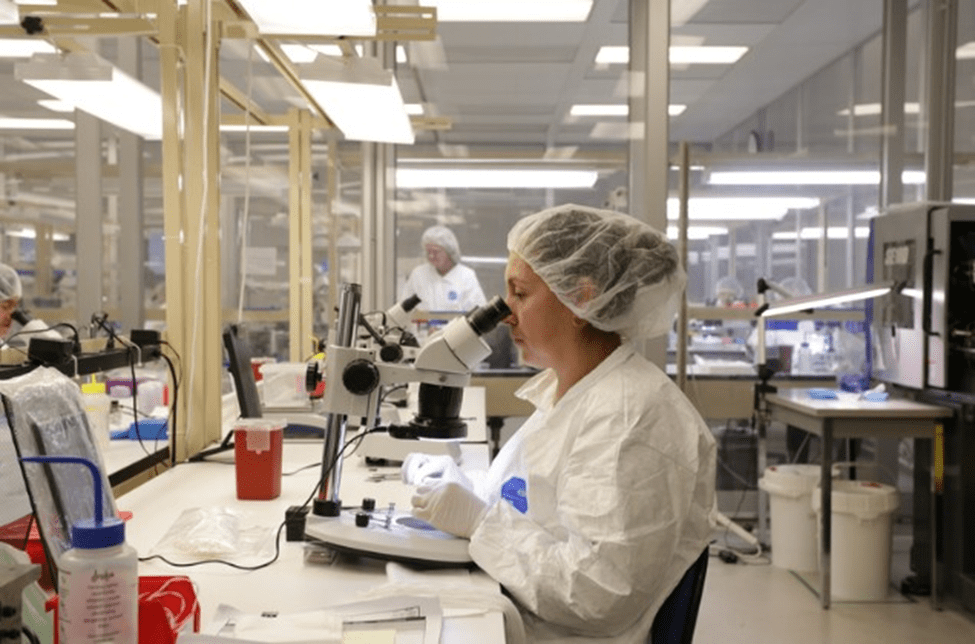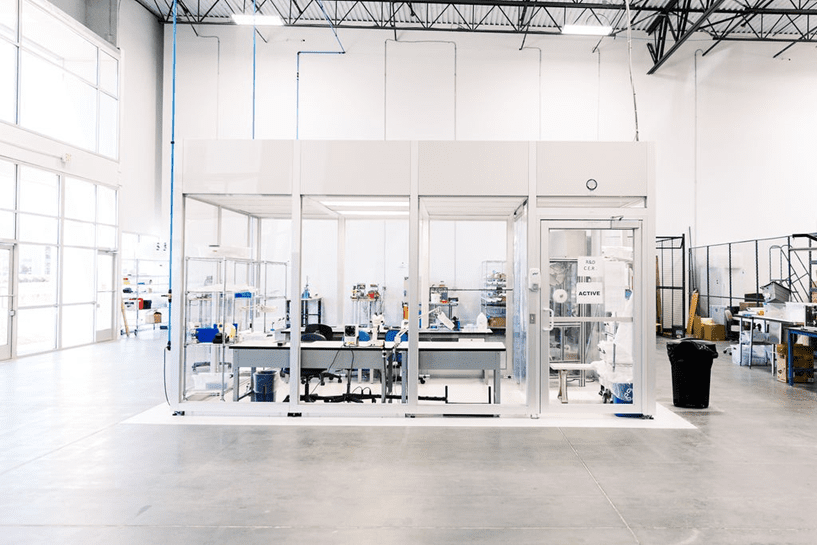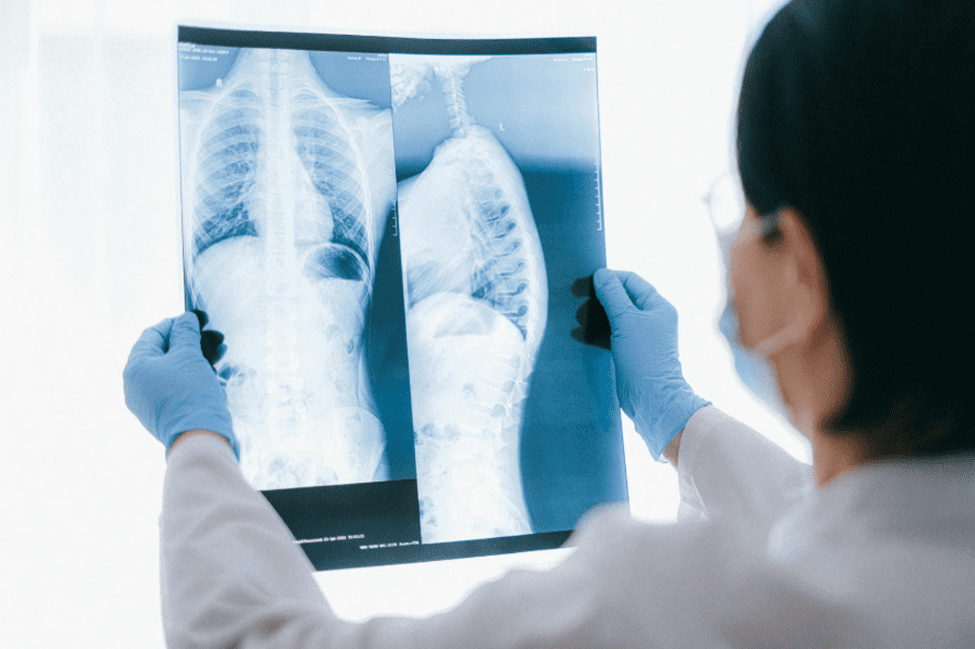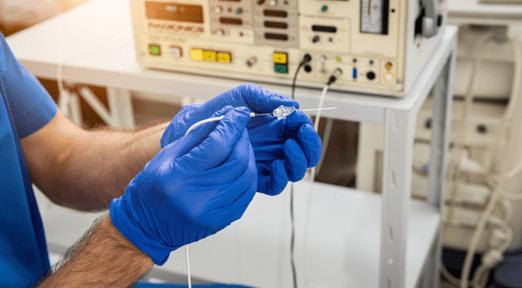Blog
Bringing Smart Interventional Medical Devices to Life
Integrating Electronics into Catheters and Implants Smart medical devices are reshaping interventional healthcare. Catheters and implantable devices are now expected to do more including integrate sensors, collect data, enable robotic-assisted surgery, and respond in real time. At Medical Murray, we integrate electronics into complex catheters and implantable medical devices, supporting the development of Class II…
Read MoreCleanroom Design for Complex Catheter Assembly
Building complex catheters takes more than just clean space. These are often delicate devices that can be long, flexible, and sometimes awkward to handle. The environment where they’re assembled must support that kind of work. At Medical Murray, we’ve designed our cleanrooms to meet the unique demands of catheter and implant manufacturing. That includes ergonomic…
Read MoreHow We Support FDA Readiness for Class III Medical Devices
What we do to help our partners get through testing, quality, and documentation Bringing a Class III medical device to market takes more than a good design. It takes a clear process, strong documentation, and the right testing to meet FDA requirements. At Medical Murray, we’ve built our team, tools, and systems specifically to support…
Read MoreWhy Radiopacity Matters in Next-gen Medical Devices
When it comes to minimally invasive procedures, being able to see the device matters. Whether a doctor is guiding a catheter or placing an implant, they need to rely on imaging to know the exact location of the device. That’s where radiopacity comes in. At Medical Murray, we develop and manufacture advanced radiopaque catheters and…
Read MoreWhat It Takes to Manufacture Pediatric Catheters
Medical Murray | Complex Catheter and Implant Solutions Manufacturing pediatric catheters isn’t just about shrinking things down. It’s about rethinking the design, materials, and entire manufacturing process to work safely and effectively in smaller, more sensitive anatomy. At Medical Murray, we’ve worked on a wide range of pediatric medical devices, from neonatal vascular access to…
Read MorePractical Advice for Medical Device Startups
A polished slide deck can open doors and land seed money. But Series A investors, and eventually clinicians and patients, pay for working products. This means devices that can be built, sterilized, shipped, and cleared by regulators. Use this reality-check to move from seed funding to first commercial sales without running out of runway. A Pretty…
Read MoreLaser Welding in Medical Device Manufacturing
Laser welding uses a hair-thin, high-intensity light beam to join materials with micron-scale precision. By confining all the heat to a microscopic interaction zone, known as the heat-affected zone (HAZ), the process briefly melts the workpiece before it solidifies almost instantly. This tight thermal footprint (often under 50 µm) keeps nearby plastics, sensors, and coatings…
Read MoreAvoiding Common Pitfalls in Medical Device Testing
How to De-risk Your Path to Regulatory Approval and Market Success When it comes to medical devices, testing isn’t just a checkbox. It’s a critical step that determines safety, performance, and your path to regulatory approval and commercialization. At Medical Murray, we’ve seen firsthand how missteps in testing can cause major delays, regulatory pushback, and…
Read MoreHow Medical Murray Partners on Medical Device Iteration Post-Launch
Launching a medical device is just the beginning. At Medical Murray, we understand that once a product is in the hands of clinicians, new ideas for improvement often follow. That’s why we partner closely with our customers after launch to support design refinements, address real-world feedback, and enable smooth, compliant updates to commercialized devices. Why…
Read MoreWhy More Medtech Companies Are Moving Manufacturing to the U.S.
If the U.S. is a big part of your growth plan, where you make your device matters. Whether you’re developing robotic-assisted catheters, single-use scopes, or ablation catheters like pulse field ablation, many medtech companies are realizing it’s smarter and safer to manufacture closer to their customers. Tariffs, shipping delays, and regulatory headaches are just a…
Read More









